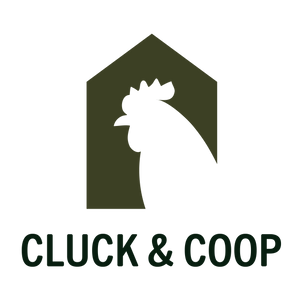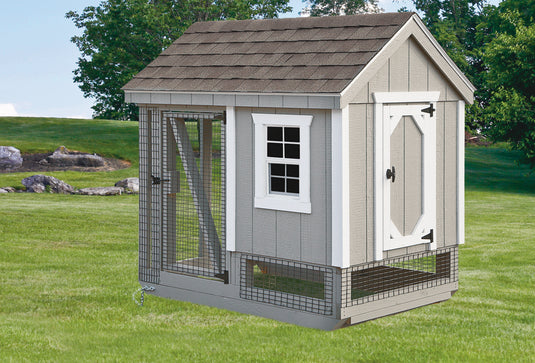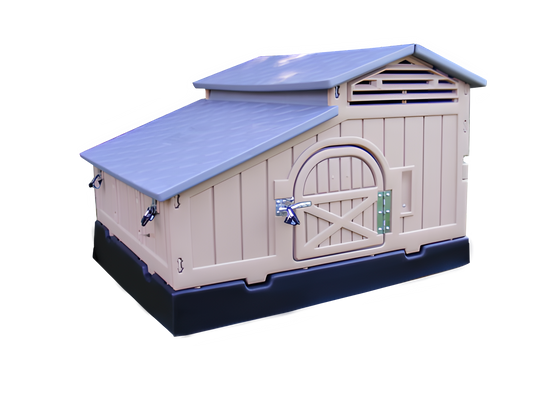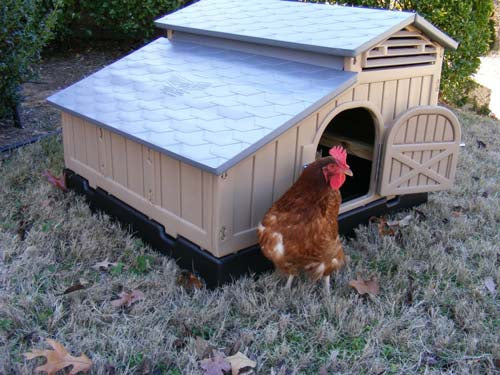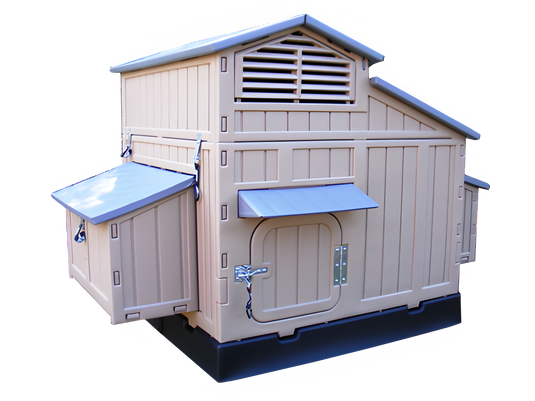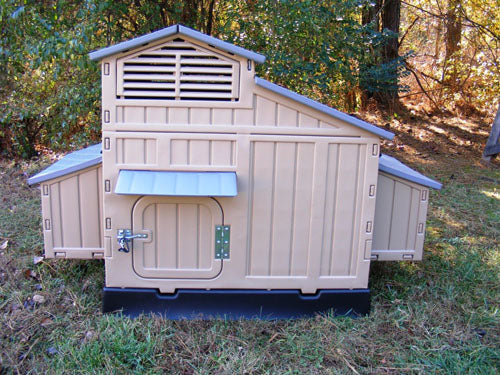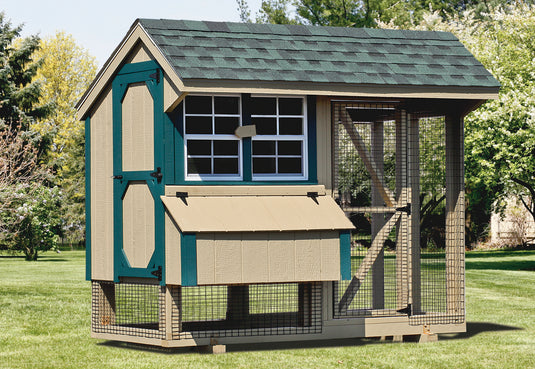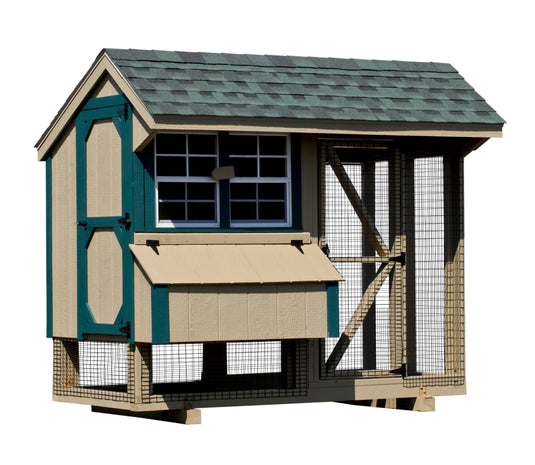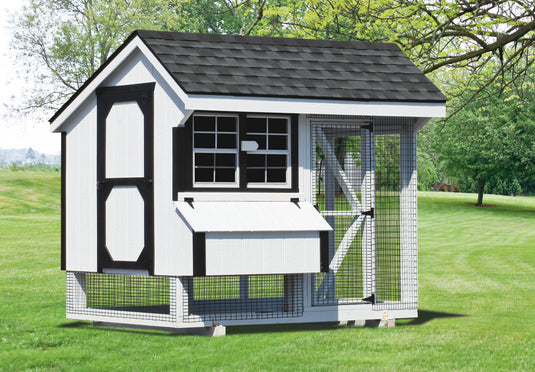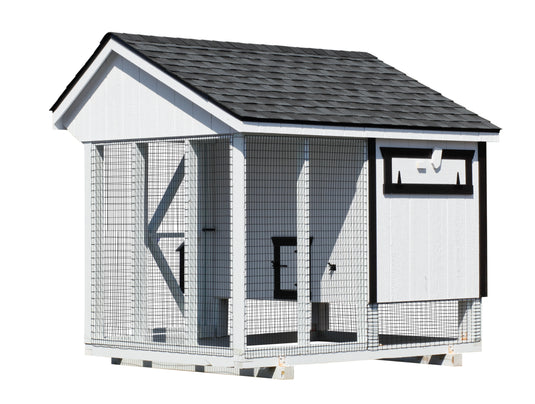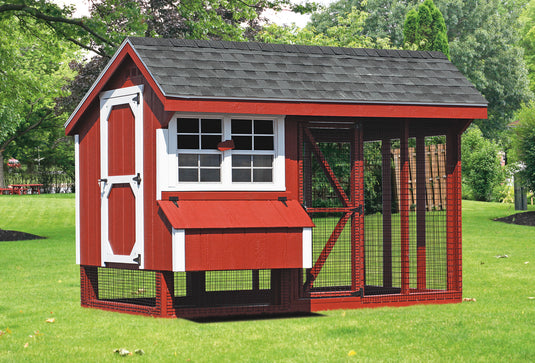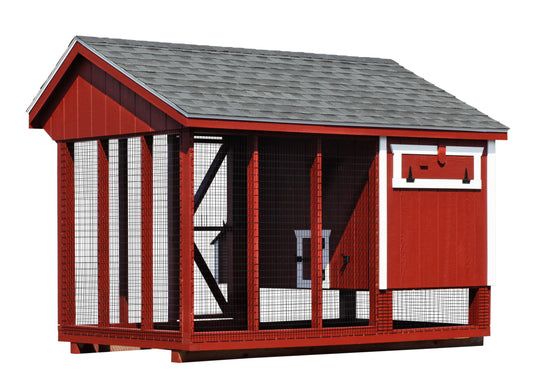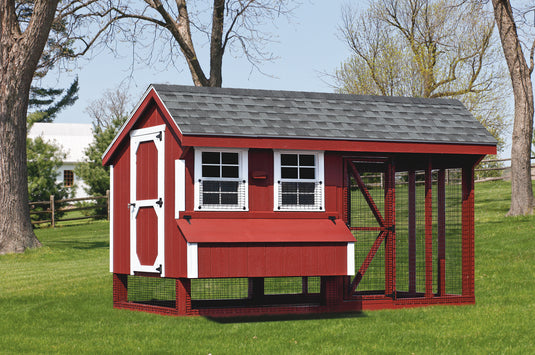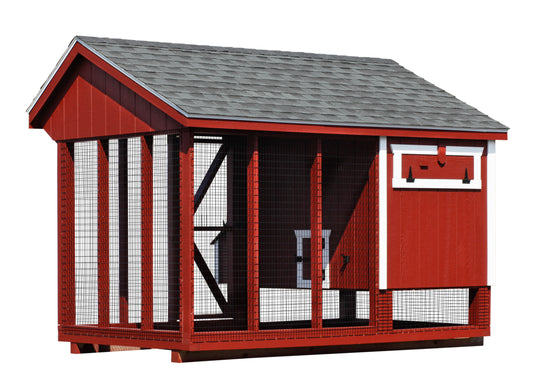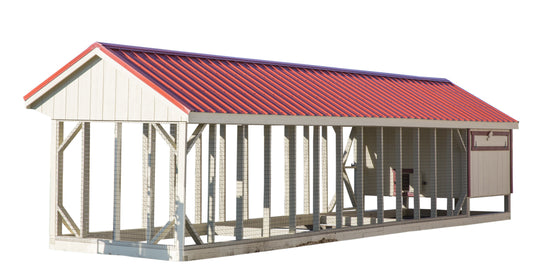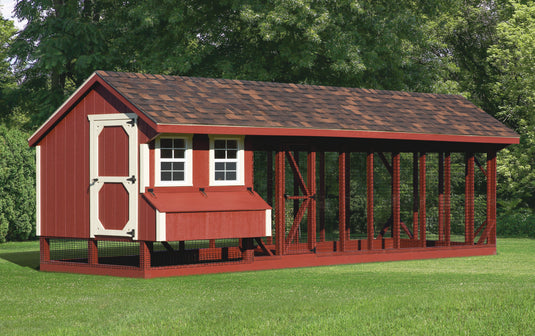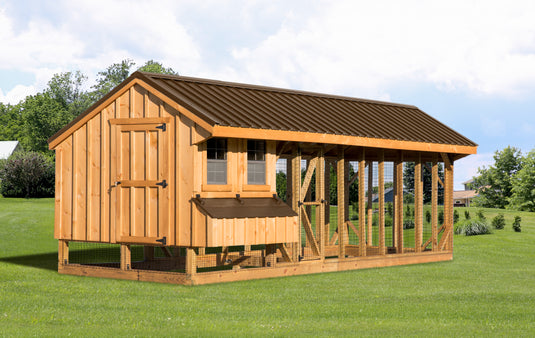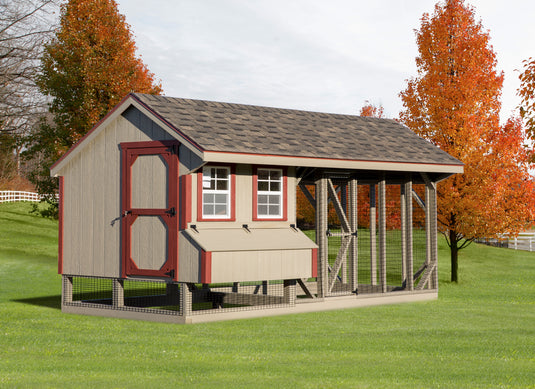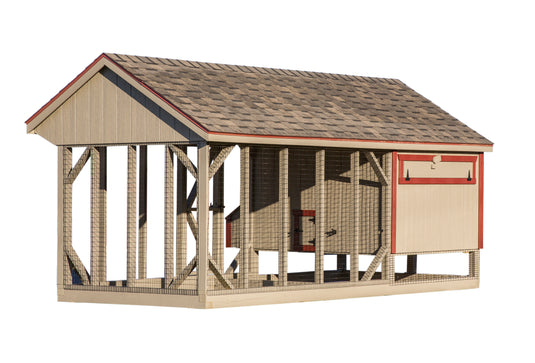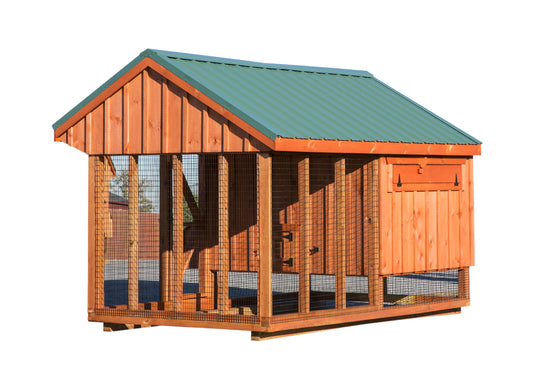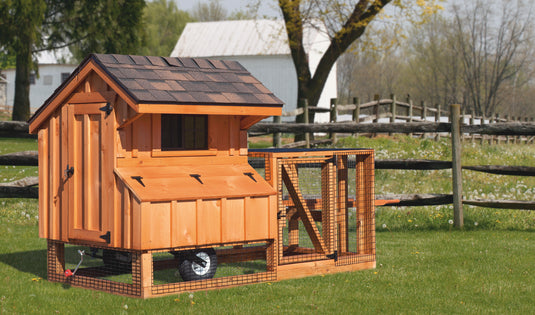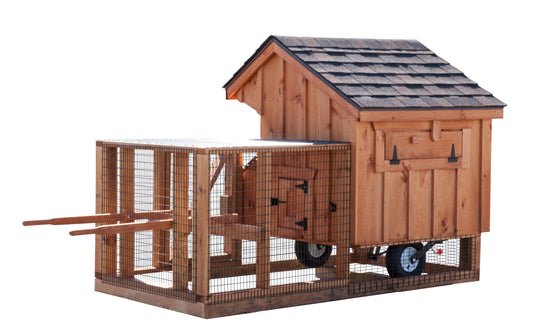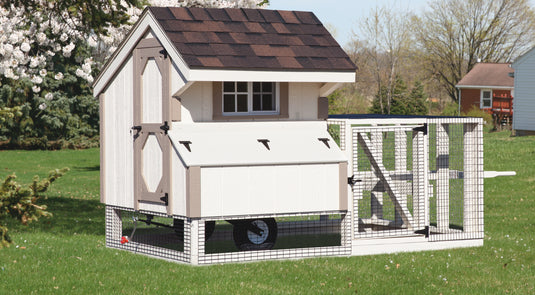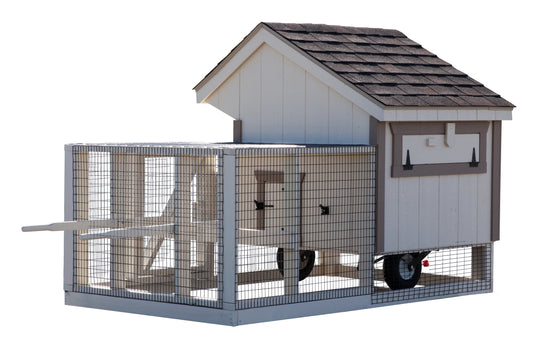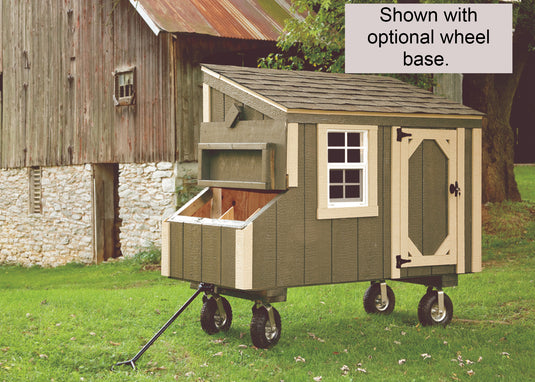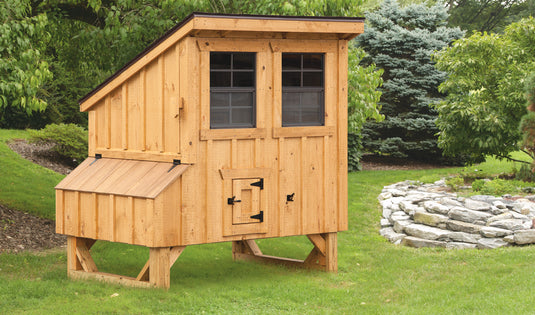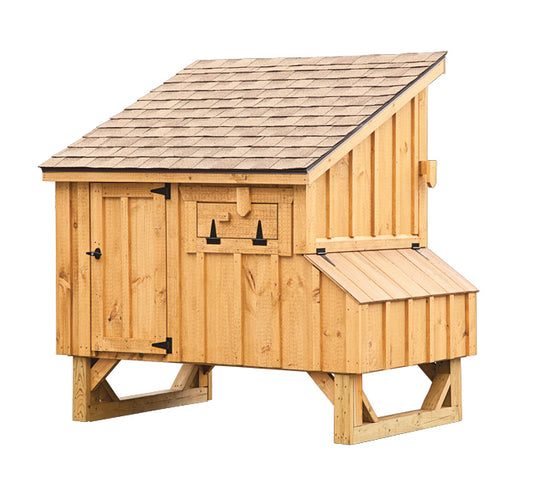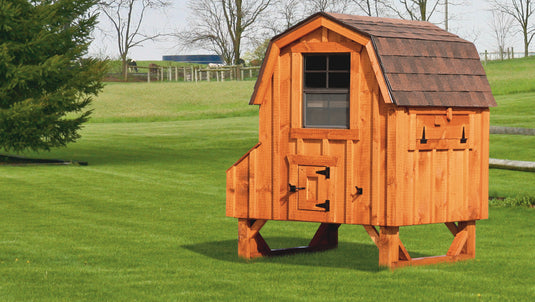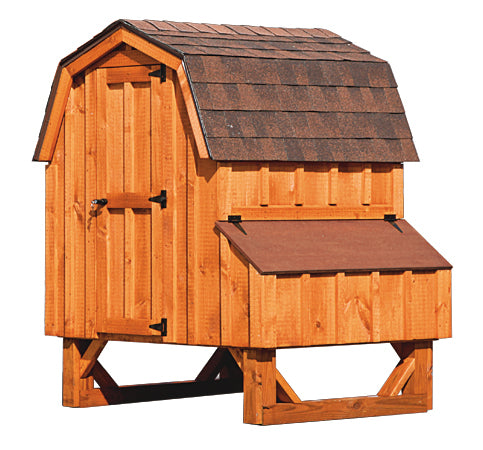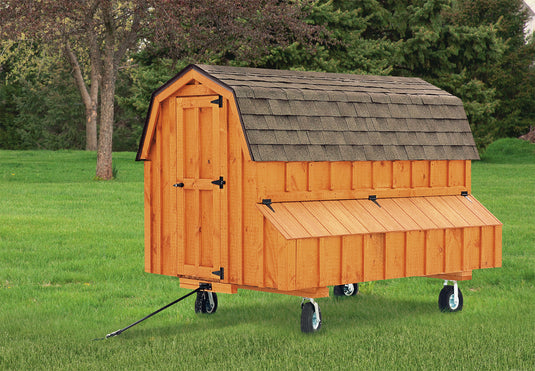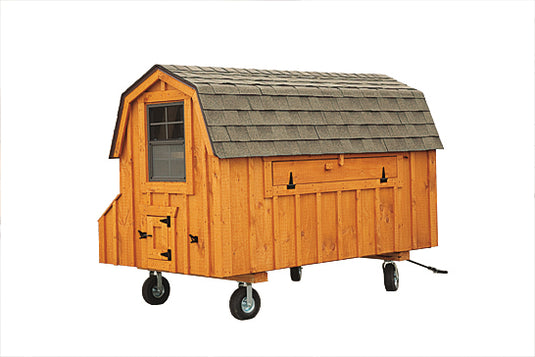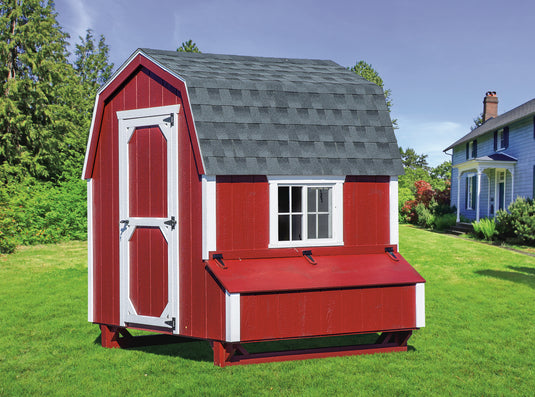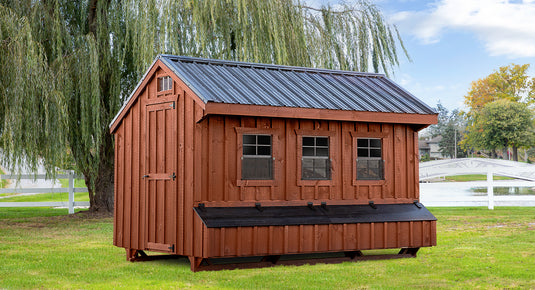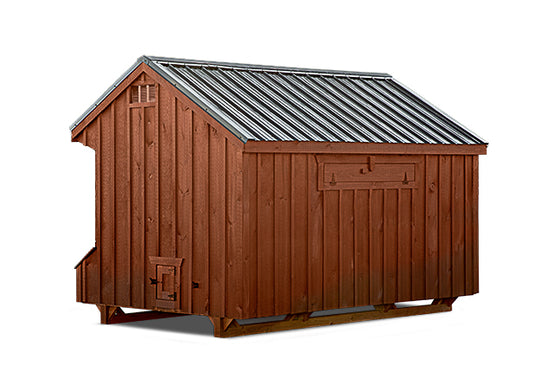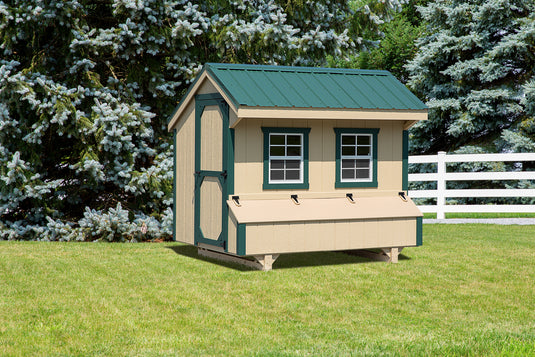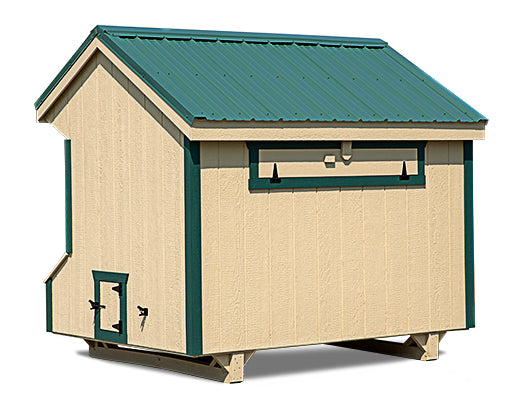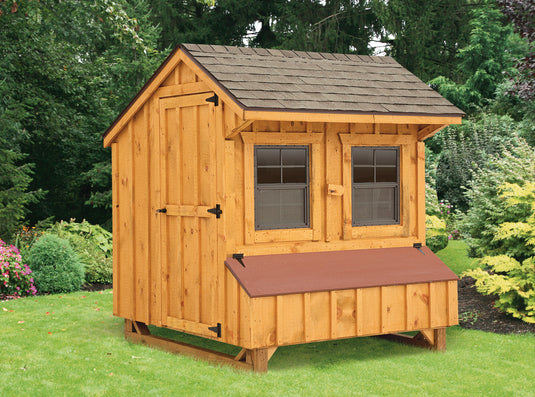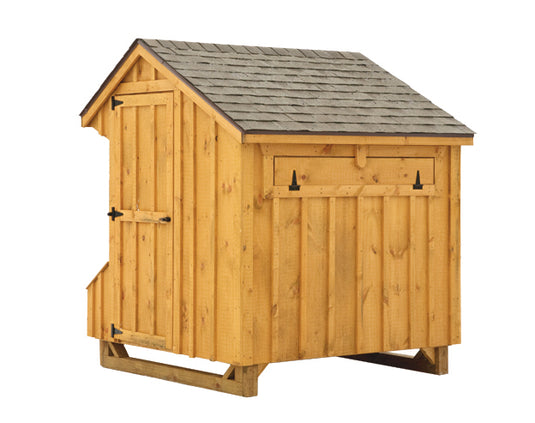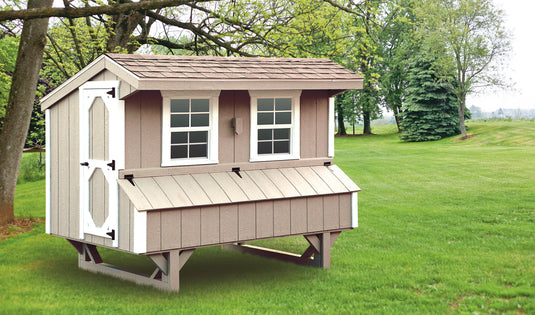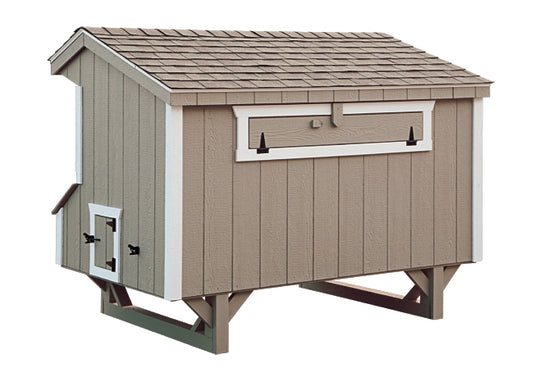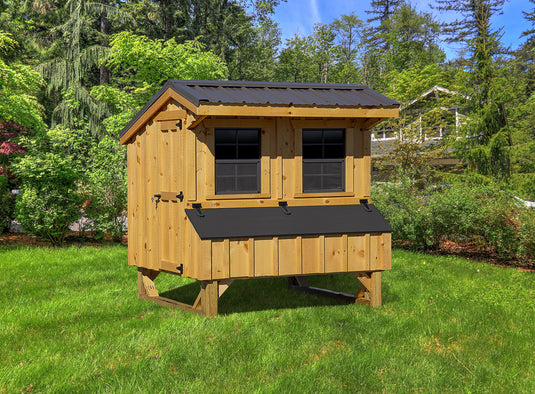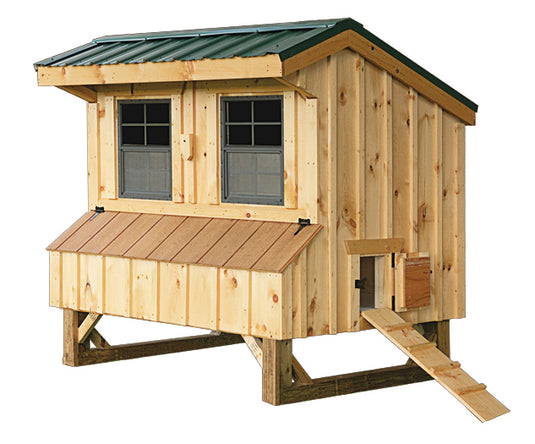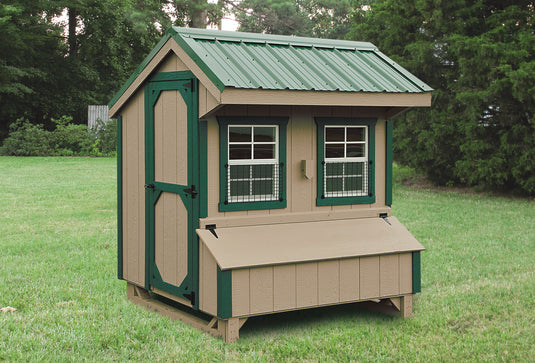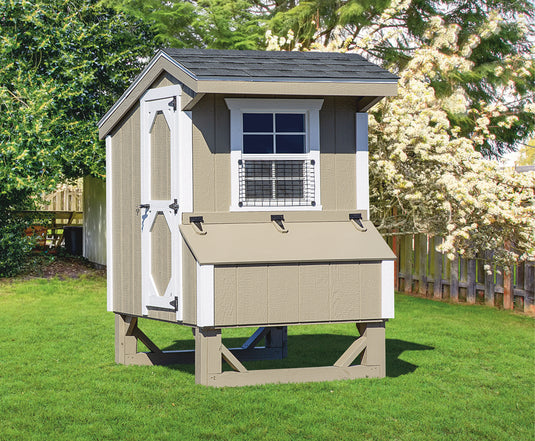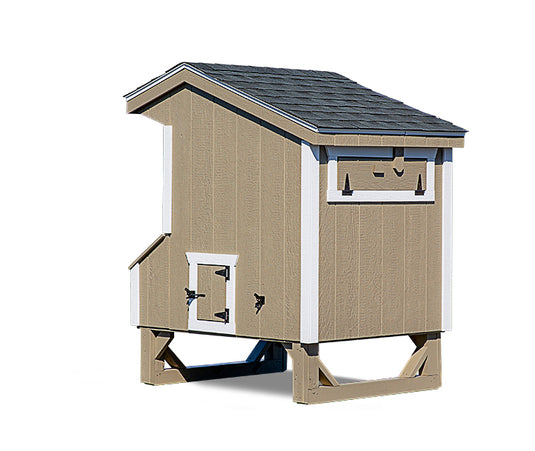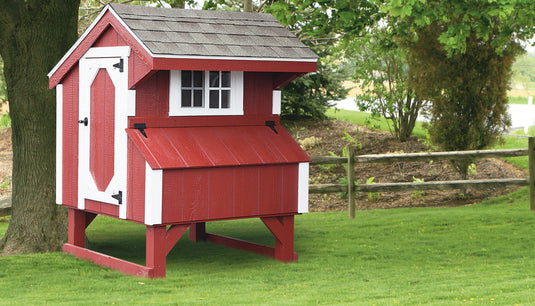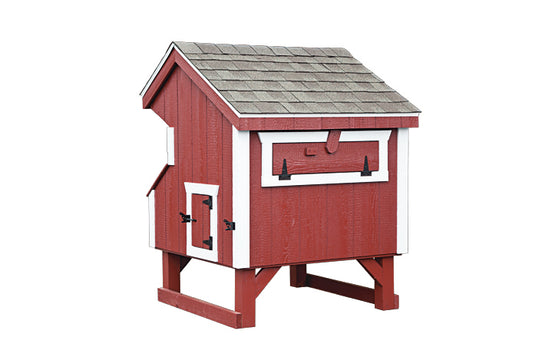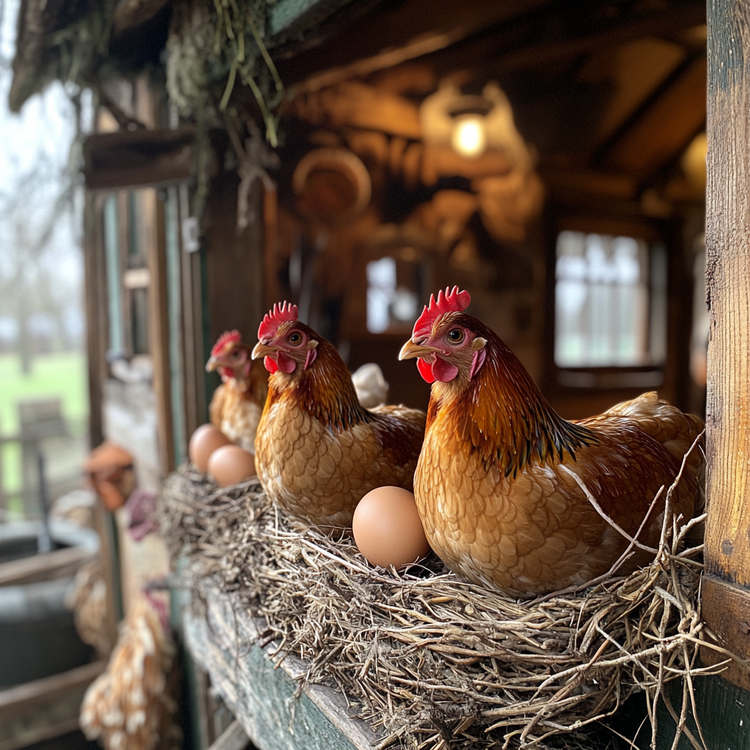
A Guide to Choosing the Best Chicken Coops for Your Personal Farm or Backyard
Raising chickens in personal farms and backyards has become increasingly popular as people embrace sustainable living and the joy of fresh, farm-to-table eggs. A crucial part of this journey is selecting the right chicken coop. This guide will help you understand the best types of coops and how to choose one based on your flock's size and needs.
Types of Chicken Coops
-
Stationary Coops
These coops are fixed structures, often made of wood or metal, and are designed to remain in one place. They are ideal for larger flocks and provide excellent protection against predators and harsh weather. Stationary coops usually come with nesting boxes, roosting bars, and ample ventilation. -
Mobile or Tractor Coops
Mobile coops, often called chicken tractors, are lightweight and can be moved around your yard. These are perfect for small flocks, as they allow your chickens to forage on fresh grass daily while preventing soil erosion in one area. They are particularly suited for backyard settings with limited space. -
Combination Coops
These coops combine stationary housing with an attached run, giving your chickens a safe space to roam outdoors. They work well for medium-sized flocks and are ideal for those who want to balance protection and free-ranging.
Determining Coop Size
When choosing a chicken coop, one of the most critical considerations is the number of chickens you plan to raise. Chickens need sufficient space to stay healthy, productive, and stress-free. Here's a general guideline for space requirements:
- Indoor Space: Each chicken needs at least 2-4 square feet of indoor coop space. If your coop is too small, overcrowding can lead to aggression and health problems.
- Outdoor Run Space: Provide 8-10 square feet per chicken in an outdoor run if you’re not allowing free-ranging. This ensures they have enough room to exercise and forage.
- Nesting Boxes: Aim for one nesting box per 3-4 hens. This will minimize competition and encourage consistent egg-laying.
For example, if you have six chickens, you’ll need at least 12-24 square feet of indoor space and 48-60 square feet of outdoor run space.
Egg Production and Planning
A healthy hen typically lays 4-6 eggs per week, depending on the breed, diet, and environment. When planning your coop, consider how many eggs you’d like to collect weekly. For a family of four, 6-8 hens should provide enough eggs.
Features of a Good Coop
- Ventilation: Proper airflow prevents moisture buildup and keeps your chickens healthy.
- Predator Protection: Ensure the coop has secure latches, strong wire mesh, and a sturdy frame to keep predators like raccoons and foxes at bay.
- Ease of Cleaning: A coop with removable trays or a hinged roof will make maintenance much easier.
- Weatherproofing: Ensure the coop is insulated or provides shade and protection from rain, snow, and wind.
Final Thoughts
Investing in a well-designed chicken coop tailored to your flock’s needs will not only enhance your chickens’ quality of life but also ensure you enjoy the benefits of fresh eggs and a happy backyard farm. Whether you opt for a stationary coop, a mobile tractor, or a combination setup, remember to prioritize space, safety, and functionality for your feathered friends. Happy chicken-keeping!
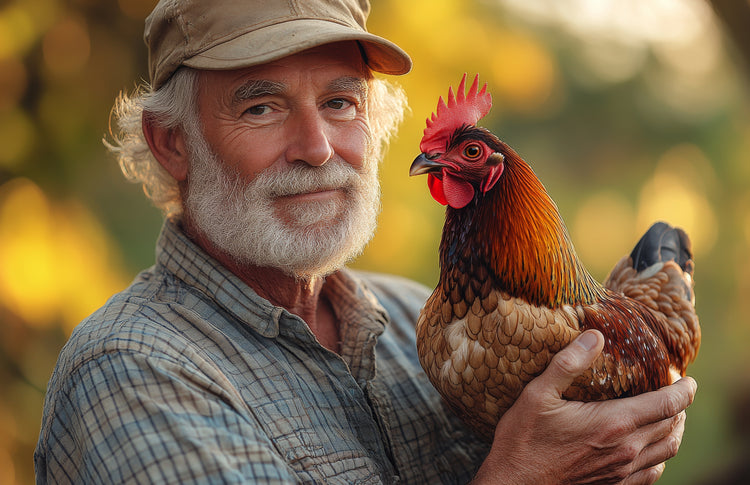
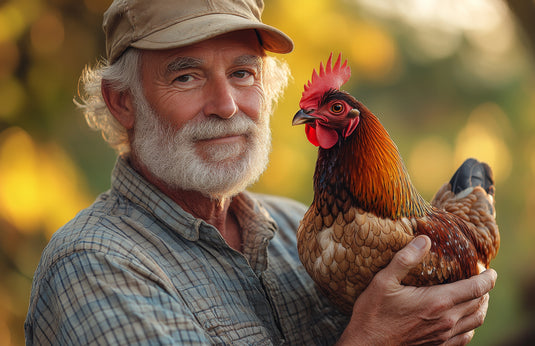

Combination Coop - Witness the endless possibilities for your new coop from the Hen House Collection with Ashley Motter’s combination coop in York County.
Cluck & Coop
Read Me!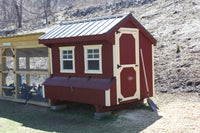
What started as a novice activity became a passion and hobby for the Lopez family. Keep reading to learn more about their 5×8Quaker Chicken Coop in CT!
Cluck & Coop
Read Me!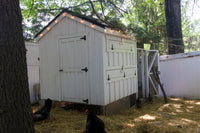
Suzanne became a chicken owner by accident. She started with 8 chickens, but as she had kids, they became interested in raising chickens, so she wanted to expand her coop and flock!
Cluck & Coop
Read Me!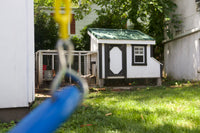
Matt and Brittany Jankaitis had been interested in getting chickens for a long time. They started with6 chickens , but after getting a coop from The Hen House Collection, they felt confident that they could raise10 chickens .
Cluck & Coop
Read Me!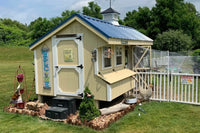
Amy first considered getting her own chickens after hearing from others who had backyard flocks. She started with8 chickens, all different breeds. She planned to name her birds and keep them apart.
Cluck & Coop
Read Me!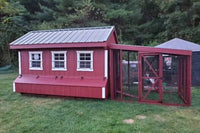
Dorothy and her husband love their flock of chickens and treat them like pets. They currently have 20 chickens and are expecting more. Owning chickens has been a great learning experience for their son as well, and he is deeply involved in caring for them. Continue reading to hear about Dorothy’s chicken coop journey.
Cluck & Coop
Read Me!